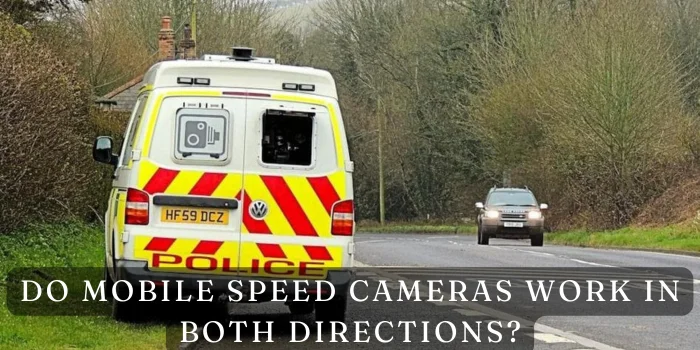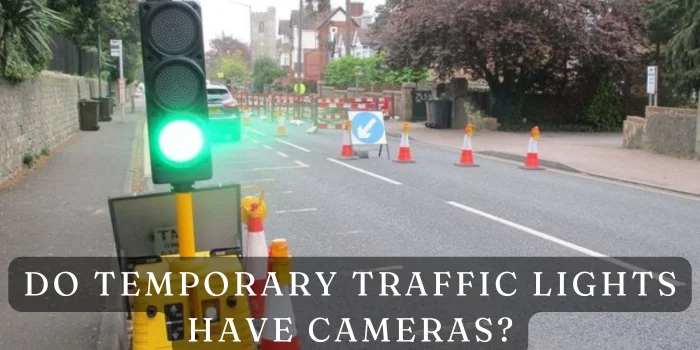How Do Traffic Light Cameras Work?
Traffic light cameras often spark curiosity and concern among drivers. You’re not alone if you’ve ever wondered how these cameras operate and what they do. This article will break down the ins and outs of traffic light cameras so you’ll know exactly how they work and what to expect if you ever cross paths with one.
What Are Traffic Light Cameras?
Traffic light cameras are devices installed at intersections to monitor and enforce traffic laws. They play a crucial role in maintaining road safety by ensuring drivers obey traffic signals.
Purpose of Traffic Light Cameras:
The main goal of these cameras is to reduce the number of accidents caused by drivers running red lights. By catching violators, they help keep intersections safer for everyone.
Types of Traffic Light Cameras:
There are generally two types of traffic light cameras: those that detect red-light violations and those that monitor speed. Some intersections even have cameras that do both.
How Do Traffic Light Cameras Detect Violations?
Traffic light cameras rely on several detection methods to identify when a driver has run a red light or is speeding through an intersection.
Inductive Loop Sensors:
Inductive loop sensors are wires embedded in the road surface at intersections. They create an electromagnetic field that changes when a vehicle passes over them, helping detect a violation.
Radar-Based Detection:
Radar-based systems are another standard detection method. These systems use radio waves to measure a vehicle’s speed and position as it approaches an intersection. The radar system triggers the camera if a car moves too fast or enters the intersection after the light turns red.
Piezoelectric Sensors:
Though less common, Piezoelectric sensors are also used in some traffic light cameras. These sensors detect the pressure or vibrations caused by vehicles passing over them.
The Process Behind Capturing an Offense:
When a traffic light camera detects a potential violation, a series of steps follow to ensure the event is accurately recorded.
How the Camera Is Triggered:
The camera is triggered when a vehicle crosses the stop line after the light has turned red. The system takes multiple photos or records a video clip to document the incident.
What Information Is Captured?
The camera captures various details, including the vehicle’s license plate, the offence’s date and time, and the traffic light’s state. Some systems also record the car’s speed.
Accuracy and Calibration:
To maintain accuracy, traffic light cameras are regularly calibrated. This ensures that the systems function correctly and no false violations are recorded.
What Happens After a Violation Is Detected?
Once a violation is detected, the process moves quickly.
Issuing the Penalty Notice:
A penalty notice, often called a Notice of Intended Prosecution (NIP), is sent to the vehicle’s registered owner. This notice includes the details of the violation and the associated fine.
Challenging a Traffic Light Camera Fine:
You can challenge the fine if you believe the violation was recorded in error. This usually involves providing evidence contradicting the camera’s findings, such as witness statements or footage from other sources.
Are Traffic Light Cameras Always Operational?
This is a common question among drivers, and the answer is always straightforward.
Common Misconceptions About Traffic Light Cameras:
While some believe that traffic light cameras are always on, this isn’t necessarily true. Some cameras are only active during certain hours, while others may be turned off due to maintenance or budget constraints. However, it’s best to assume they are always operational to avoid surprises.
The Effectiveness of Traffic Light Cameras:
Traffic light cameras have proven to be effective in improving road safety.
Reducing Accidents at Intersections:
Studies have shown that intersections with traffic light cameras see fewer accidents, particularly those caused by red-light running.
The Deterrent Effect:
Knowing that cameras are watching often encourages drivers to be more cautious at intersections, reducing the likelihood of accidents.
Conclusion:
Traffic light cameras are essential for keeping our roads safe by enforcing traffic laws and reducing accidents at intersections. Understanding how they work can help you stay on the right side of the law and avoid unnecessary fines. Always be mindful of traffic signals, and remember that these cameras are there to protect everyone on the road.
FAQs:
Do traffic light cameras work at night?
Traffic light cameras have flash systems that capture clear images at night.
Can traffic light cameras catch you speeding?
Some traffic light cameras can detect red-light violations and speeding, especially at intersections where speeding is common.
What happens if you accidentally go through a red light?
If you accidentally run a red light, the camera will likely capture the violation, and you may receive a fine. However, if you believe it was a genuine mistake or due to extenuating circumstances, you can challenge the fine.
How long does it take to receive a fine from a traffic light camera?
Typically, you’ll receive a Notice of Intended Prosecution (NIP) within 14 days of the violation. The notice will include details of the offence and the associated penalty.
Can you request the footage from a traffic light camera?
If you want to challenge the fine, you can request the footage, which can serve as evidence to support your case.





